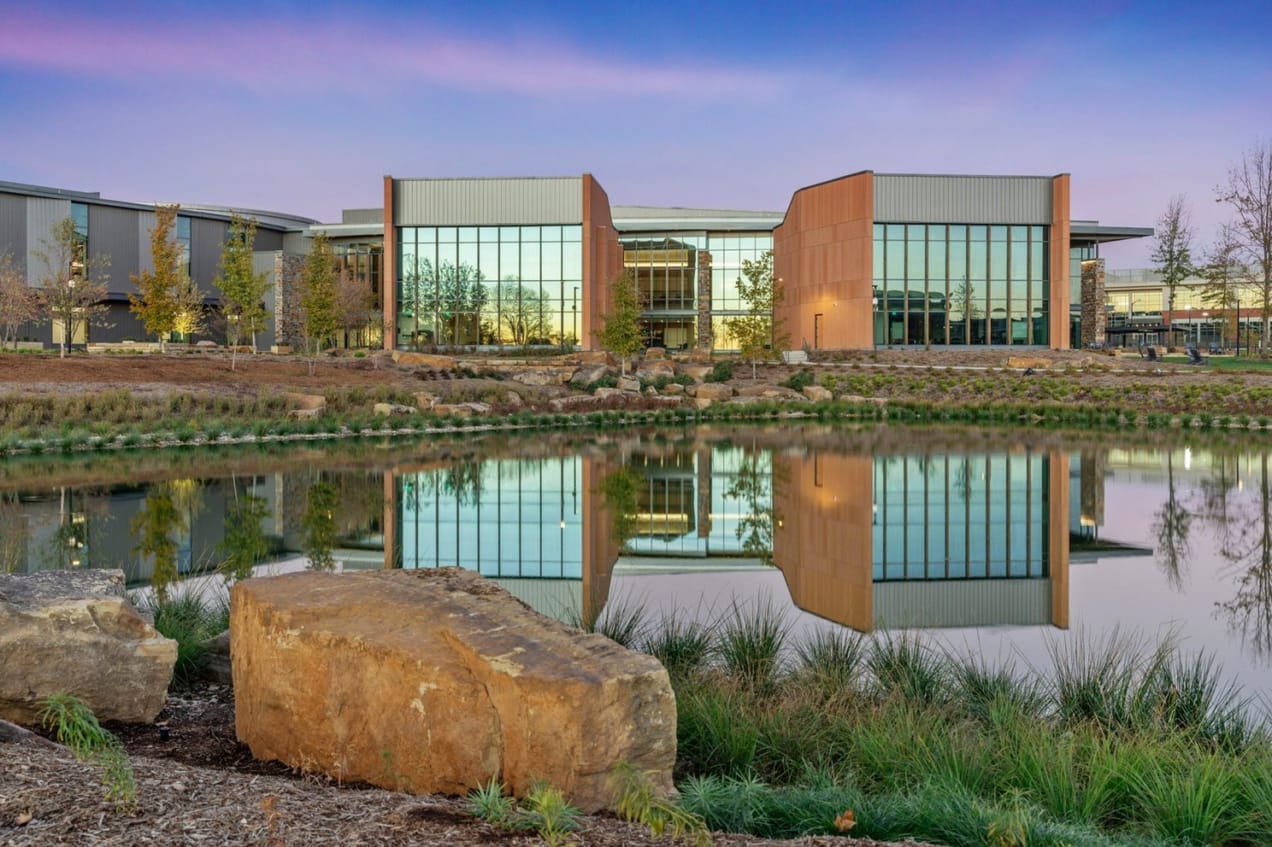
Economic shutdown in the energy transition
It's not just the total cost of the alternatives that we need to consider, it's the operating cost advantage.
Much of what we read about transition technologies, such as EVs, heat pumps and renewable electricity generation, focuses on new capacity being added. So new EV sales (vs new petrol and diesel cars) or heat pumps vs gas boilers. And of course the big one, how much of the new electricity generation capacity added is wind and solar?
And in the US the answer to the electricity generation question is more solar, the dark green bar in the chart below.

But, as important as new additions are, what really matters is the installed base. And here progress is slower. According to the US EIA, all renewables combined (so wind, hydro, solar etc) increased their generation last year ever so slightly to 22.8% of the total. So higher than coal and nuclear, but still smaller than gas.
Which prompts the thought, what financial situation would lead to a much faster transition in terms of installed base?
This is why a recent blog from Jim Murchie at Energy income Partners caught our attention. Jim offers an interesting framework.
Put simply, if the new technology has a lower total cost than the old one, the rate of the transition will be driven by how quickly (or slowly) the old equipment reaches its end of life. Which in the case of power stations is c. a 40 year life span, and for cars, around an average of 12-15 years.
So in this case, renewables would take around 2.5% market share every year (1/40 years), and EVs a faster 6-7% pa. Progress is positive but slow. And the same applies to chemical plants and industrial heat pumps.
But, when the total cost of the new technology is less than the operating cost of the old one, change happens rapidly. To quote Jim "the result is that the new technology will be adopted as fast as new units can be built".
As he goes on to say "in some regions of the U.S., natural gas fired power generation, utility scale onshore wind and solar – even without subsidies – have a total cost lower than the operating cost of most coal-fired generators. This is why the decline in coal-fired power generation in the U.S. has been so much faster than the attrition rate".
One obvious implication of this framework is that if we want industry and consumers to electrify, the cost of electricity matters. And it matters a lot. Which is something we pointed out recently in a blog on the new dawn of industrial heat pumps, and what might cause it to take much longer than we hope.
Link to blog 👉🏾 https://www.thesustainableinvestor.org.uk/the-dawn-of-the-industrial-heat-pump-age/
This article featured in What Caught Our Eye, a weekly email featuring stories we found particularly interesting during the week and why. We also give our lateral thought on each one. What Caught our Eye is available to read in full by members.
If you are not a member yet, you can read What Caught Our Eye when it comes out direct in your email inbox plus all of our blogs in full...

Click this link to register 👉🏾 https://www.thesustainableinvestor.org.uk/register/

Please read: important legal stuff.

